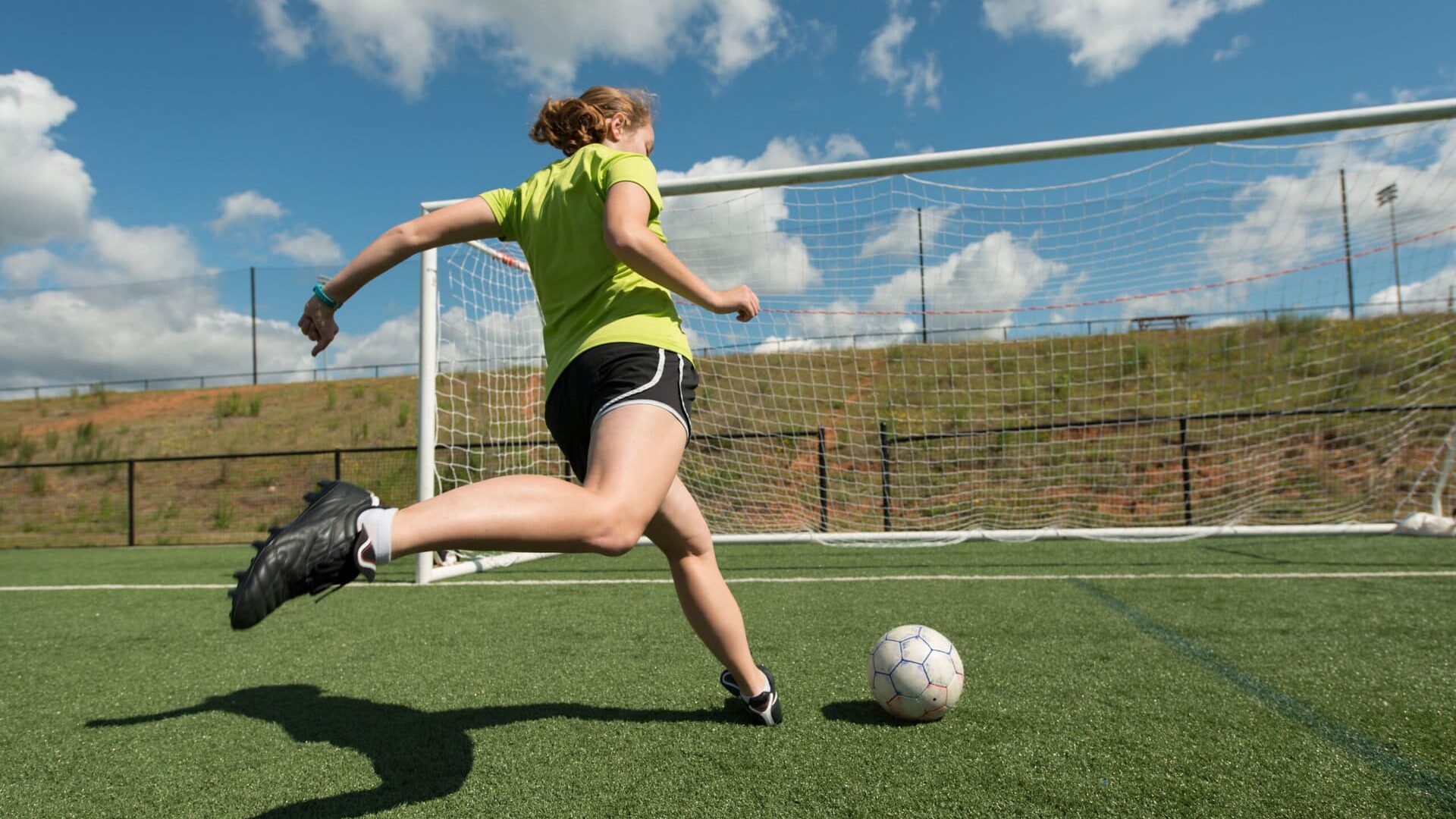
Student Athletes: Pro-Tips for College Athletic Recruitment
If you’ve heard about March Madness, you may think the term refers to college basketball – at Colledge, March Madness is all about college list-building.
And as we journey through listening sessions with our Colledge juniors, one of the most common attributes we’re hearing about is spirit — especially spirit around athletics. (Speaking of lists, If you haven’t watched our conversation on creating your college list, check it out! Seriously, it’s overflowing with can’t-miss advice.)
Of course this critical part of the collegiate experience isn’t possible without student athletes, which brings us to the topic of the day, athletic recruitment in college admissions. What many families don’t realize is that athletic recruitment is its own beast, and rather than being simpler or more streamlined (as many student athletes expect), their process is actually more time consuming, more confusing and starts earlier. If your son or daughter is even remotely hoping to be recruited for their sport, read on to figure out what to expect.
Bigger Picture
While the top tier of D1 recruitment offers happen in Spring of Junior year, there are some common misconceptions about the process for those top recruits, as well as for lower level D1 and D3 schools.
Myth #1: If you’re recruited by a D1 (or any) school, you don’t actually have to submit an application like everybody else
- False – even if you have a coach’s commitment, you have to write essays, submit grades and letters of recommendations, and complete applications in the fall, typically in the Early Decision Round.
Myth #2: If you’re a recruited athlete, your grades don’t matter. Or at least, they don’t matter as much.
- Not quite – even at the most famous (or infamous) schools, competitive student athletes are just as academically competitive as the successful non-athletic applicants. Watch our event The Persnickety Process to learn more.
Myth #3: Everyone being recruited at any level will know where they’re going by the end of Junior year, so it’s smooth sailing after that.
- Untrue – even at the highest D1 level, only the “first draft” picks get tapped in the spring, and the lower level D1 and D3 schools don’t really get their offers out until Fall of senior year.
And D3 recruitment can be particularly tricky since student-athletes are in “limbo” — unsure whether they’re guaranteed a spot on the team — until shortly before they have to submit applications, as late as October or even November of Senior year. This last-minute info can make the process extra stressful for families that aren’t prepared, so we suggest the following steps:
- Have a list of three to nine non-sport schools that you know you want to apply to;
- Do detailed research to create two separate categories for fit: athletic fit and college fit.
- Identify where your “line” is: when you know what you’re looking for in a college and in a team, you can determine when the qualities you’re looking for in the college itself becomes more important than playing your sport, and vice versa.
Key Takeaways
Rather than creating a “fast track” into college, athletic recruitment actually prolongs the application process (oh joy!). Here are the steps students should take beginning in junior year, roughly following the timetable below:
- Junior year, semester 1
- Create NAIA and NCAA profiles
- Begin to reach out to recruitment/coaches
- Create film
- Junior year, semester 2 –
- Spring – recruitments for D1 begin (sometimes commitments can happen as early as March!)
- D3 – beginning conversations with coaches
- Note: May is a “dark month” will no communications from coaches, so don’t stress if you don’t hear anything during this time.
- Summer before Senior year
- Coaches begin to pursue D3 athletes
- Students should research colleges and athletic programs intensely
- Pre-reads (see below) begin, often results don’t come until September, or even October or November
- Senior year Semester 1 –
- D3 athletes may be flown outs for team visits
- D3 commitments come (usually in September/October)
- Applications are due (November)
- Wait & see!
In addition to all the regular application materials students need to gather and the essays they must write, athletic recruits will also need to attend showcases and fly-outs, create sports reels, and communicate with coaches and athletic departments. So in case the typical application process doesn’t seem like enough work (and it very much is enough!), athletes essentially have double the workload.
Because athletic recruitment can be such a nuanced, complicated process, we invite you to attend our Admissions Chat: Athletic Recruitment & College Admissions on April 2 at 5:00 pm, when we’ll speak with Jenn Sandoval-Dancs of Claremont McKenna College. Join us for a breakdown of the process and advice on how you can make the recruiting process smoother for your student!
And if you find that you have more questions, or if you’d like to sit down with one of our admissions experts for a phone call about your child’s specific needs, reach out to us. We’re here to help.